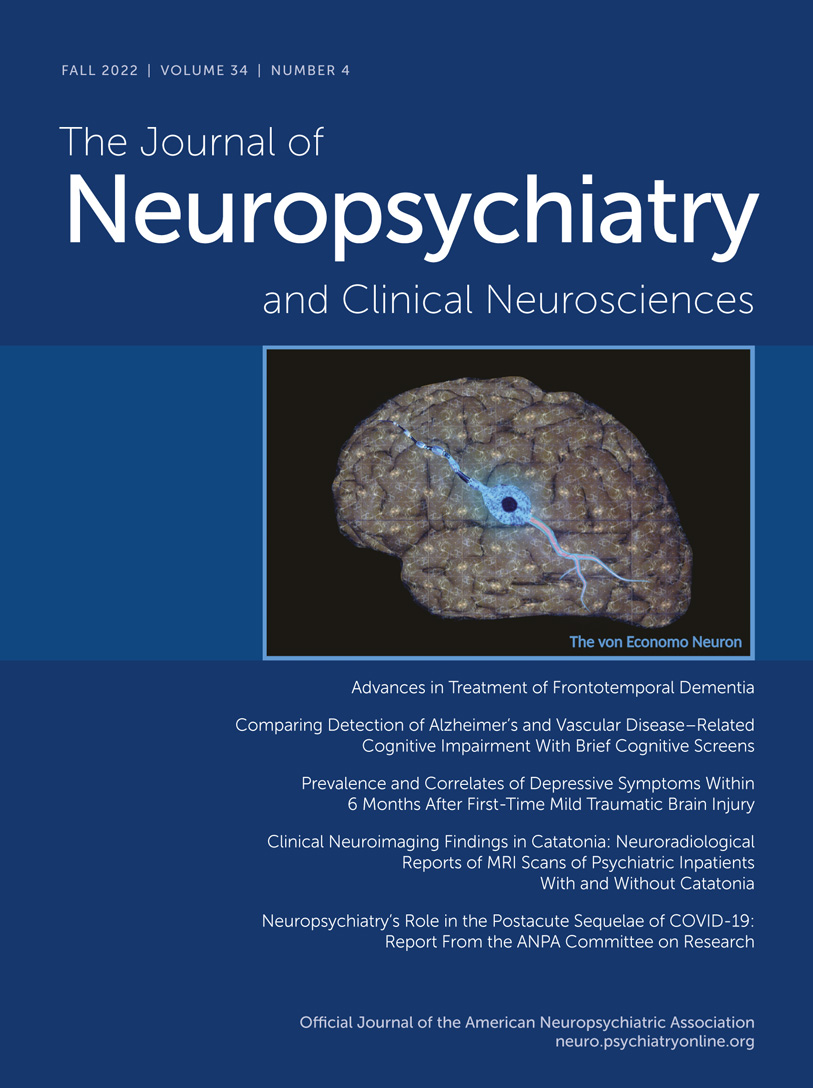Behavioral Variant Frontotemporal Dementia and Social and Criminal Transgressions
Abstract
Objective:
Behavioral variant frontotemporal dementia (bvFTD) is associated with social and criminal transgressions; studies from countries around the world have documented such behavior in persons with this condition. An overview and analysis of social and criminal transgressions in bvFTD and their potential neurobiological mechanisms can provide a window for understanding the relationship of antisocial behavior and the brain.
Methods:
This review evaluated the literature on the frequency of social and criminal transgressions in bvFTD and the neurobiological disturbances that underlie them.
Results:
There is a high frequency of transgressions among patients with bvFTD due to impairments in neurocognition, such as social perception, behavioral regulation, and theory of mind, and impairments in social emotions, such as self-conscious emotions and empathy. Additionally, there is significant evidence for a specific impairment in an innate sense of morality. Alterations in these neurobiological processes result from predominantly right-hemisphere pathology in frontal (ventromedial, orbitofrontal, inferolateral frontal), anterior temporal (amygdala, temporal pole), limbic (anterior cingulate, amygdala), and insular regions.
Conclusions:
Overlapping disturbances in neurocognition, social emotions, and moral reasoning result from disease in the mostly mesial and right-sided frontotemporal network necessary for responding emotionally to others and for behavioral control. With increased sophistication in neurobiological interventions, future goals may be the routine evaluation of these processes among individuals with bvFTD who engage in social and criminal transgressions and the targeting of these neurobiological mechanisms with behavioral, pharmacological, and other interventions.



